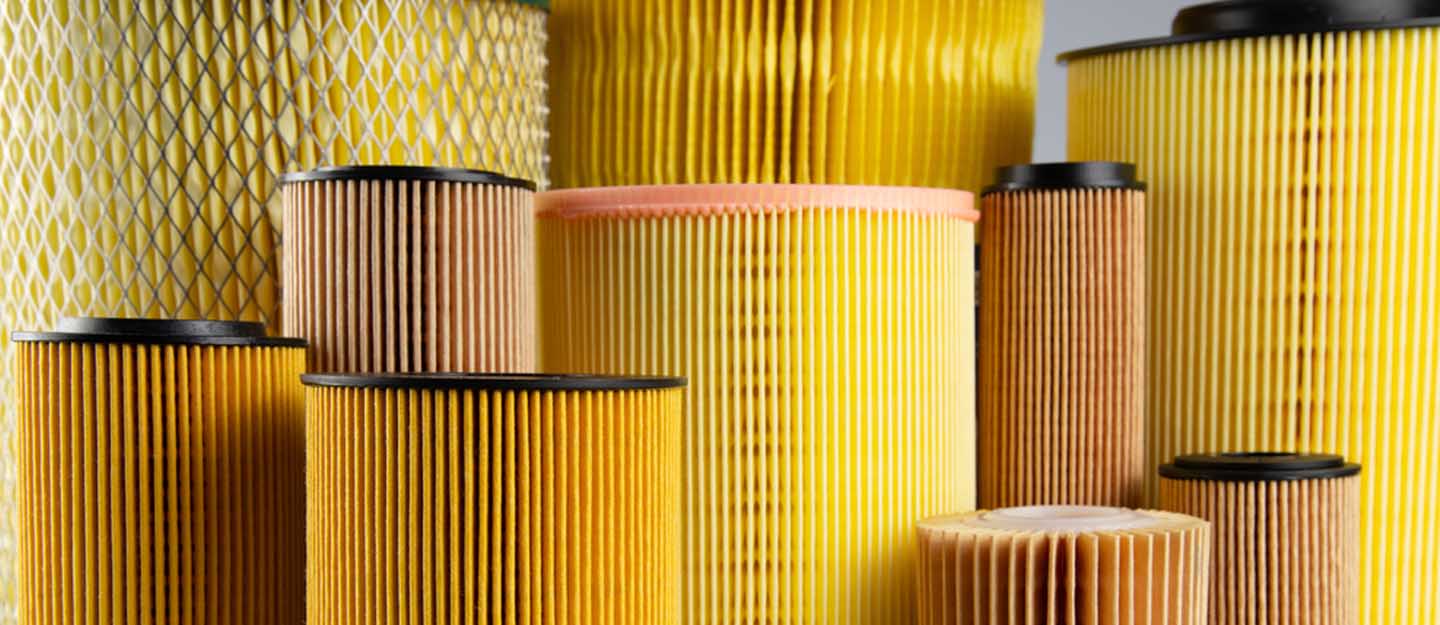
Air filters play an essential role in keeping heating and cooling ducts clean in buildings. Installing the correct filters helps trap dust and other particles before they enter the ducts. However, filters only capture so much debris. Regular duct cleaning additionally removes accumulations that escape the correct filters.
Filters Trap Large Particles
Standard air filters capture particles as small as 3 to 30 microns in size. This leaves smaller particles and mold spores to accumulate in ductwork. Therefore, while filters trap a portion of dust and dirt, duct cleaning still becomes necessary for complete removal of buildup.
Filters Require Regular Changes
Commercial air filters need changing every one to six months depending on usage. Eventually, loaded filters become less effective trapping particles. Additionally, clogged filters impede airflow and reduce HVAC efficiency. Filter replacements align with a duct cleaning program to maintain indoor air quality.
Duct Cleaning Removes Residuals
Even with diligent filter maintenance, contaminants inevitably bypass filters and deposit in ducts over time. Thus, duct cleaning serves as a complement to air filters by removing particles that lodge in duct surfaces and corners.
Filters Extend Time Between Cleanings
While duct cleaning remains vital, high-quality filters can help reduce how frequently ducts require professional cleaning. By capturing more contaminants, filters decrease what bypasses them and accumulates in ducts over time. This extends the time between necessary duct cleanings.
Filters Protect HVAC Equipment
By trapping debris before it enters the HVAC system, air filters help prevent contaminants from damaging components like blowers, coils and ducts. This contributes to a longer lifespan of HVAC equipment.
In summary, while air filters do capture a portion of contaminants entering ducts, duct cleaning removes residuals that filters miss. Combining effective filtering strategies with routine duct cleaning results in the cleanest possible ducts and highest quality air. Together, these practices maximize HVAC performance and indoor environmental health.

